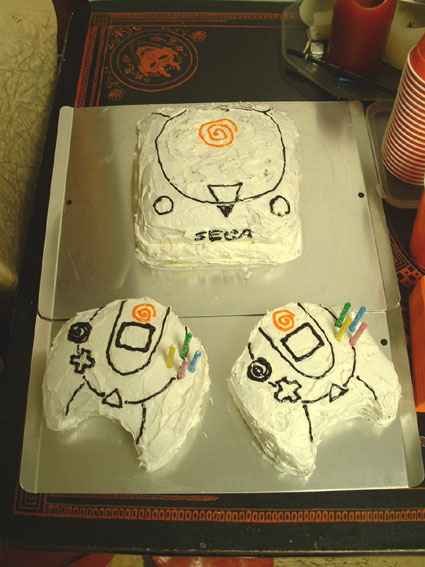
You ask any gamer what the first FPS was, you generally get the same answer: Doom. Sorry, brah. Wolfenstein 3D was id Softwares first game, which essentially put them on the map and allowed for Doom to be developed. The original Wolfenstein 3D laid forth the formula for the series that continues all the way up into 2009's Wolfenstein, boiling down to a bunch of Nazis that gain control of a relic that empowers them with some sort of super powers, which is ultimately taken down by B.J. Blazkowicz. How does it measure up, all these years later? Is it still fun to take down super nazis? Read on to find out.

Gameplay - 7/10
While all the previous games in this series took an incredibly linear format, this most recent release goes for a much more open hub world system. Although it's a refreshing change to the stage-to-stage format every other first person shooter goes through, ultimately it ends up with you running to an area on a map, getting a mission, then going there anyway. It's a nice alteration, but ultimately doesn't make any real difference to how you'll be going through the game. Another change I feel was made to be console friendly that probably isn't present in the PC version is that when you go into the menu to switch weapons, you set it so you can switch between your two favorite weapons, but if you want to pick a completely different one, you're going to be staring at what is essentially an equipment menu, which takes you out of the game a bit. All of these are minor issues, and I'm sure we're all wondering how this games nazi blasting formula deviates from World at War or the previous Wolfenstein games. Thanks to the fact that you're traveling through a much more believe war-torn Europe, there are tons of things in the environment that are entirely appropriate to use for cover.
These elements hold up well for the standard soldiers you come across, but it's the supernatural forces that might make you want to eat your controller a few times. After a certain point, you start coming across the trademark sexy female ninja nazis, cloaked enemies, and a lot of other things that you've got to see to believe, including one of the most frustrating end bosses I've seen in a game in years (excluding Killzone 2). While there is a multiplayer component in the game, I was unable to find anyone playing online when I tried it out, which was probably in March or April 2010, so I can't say how enjoyable that is. The last thing that needs to be mentioned is how insane the weapons get towards the end of the game. Other games settle for giving you a badass rocket launcher. Wolfenstein? Sure, feel free to take this hand-held Tesla Cannon.

Graphics - 8/10
While I was going through this game, I was wondering why some other games don't have the attention to detail in the textures that this has, specifically God of War 3. A lot of games give you decent texture work when you're playing the game, but under closer examination, such as when there are lulls in the action, it's hard not to notice blurry textures. Another thing that surprised me, considering that I'm sure a lot of people skipped this title, was how imaginative a lot of the models and environments become, especially in enemy design towards the latter half of the game. Early on, you'll be facing hordes of generic soldiers, but as the adventure progresses, you start seeing some of the things that seem like they could only come from the minds at id and Raven.
Sound - 6/10
Most of the time, you're going to be hearing the same gunshots you hear everywhere else. The voice acting is nice, although some characters feel like they might be overdoing the foreigner-attempting-to-speak-english dialect, but it's functional and probably won't bother you that bad unless you pay special attention to it. Although they're nothing new, the explosions tend to create a real sense of tension, as well as that familiar tinkling sound of a grenade rolling slightly too close. Let's also not forget how satisfying it is to come across a horde of enemies, ignite them, and hear/see them screaming in agony. It's a bit demented, but it feels like that sound is one of the hardest for any voice actor to portray right, and its more than adequate in Wolfenstein.

Overall - 7/10
Part of me wants to score this higher just to encourage people to give it a chance, but another part says that there are probably better things to spend the cash on. The sci-fi nazi twist is a nice change up from fighting terrorists in a first person shooter, not to mention how awesome it is to be using fictional weapons again instead of the standard pistol/sniper rifles that fill so many other games (don't worry, those are included in this too). The story isn't exactly full of unpredictable plot twists or anything, but it's nice to pick up a game for once and have an idea of exactly how it's going to start and how it's going to end. Out of all the overlooked shooters from 2009, this stands out as one I encourage everyone to try, especially if you can find it for 30$ and under or possibly a weekend rental.
















